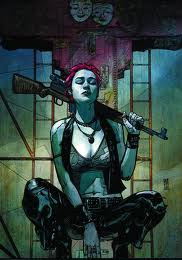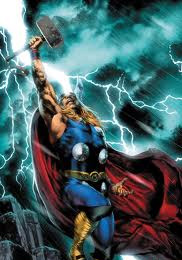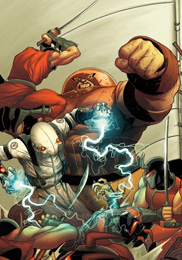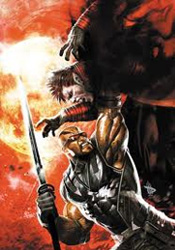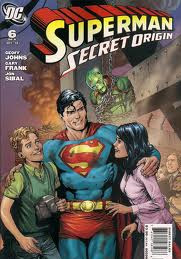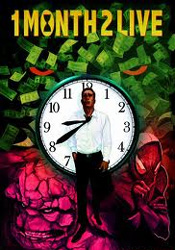
We've got our designated everyman in Dennis Sykes, a banker who hates his job but lacks the gumption to do anything about it. After a delivering a particularly tough loan rejection, the impetus to change his life finds Sykes instead. Playing the good Samaritan, he interrupts a heist only to take a beating and swallow a force-fed mouthful of bio waste. In keeping with the "hero on every corner" motif, Ben Grimm happens to be close enough to save our man from a more fatal situation, but the worst damage had already been done. Sykes has developed a mutated form of cancer that's going to finish the job within a month. But there is some good news: he's been blessed with a few super powers to enjoy during those last days on Earth.
The story's not a perfect fit for the throwback to more innocent storytelling that is Heroic Age's MO, although its basic premise is a direct product of that concept. Rick Remender's tale of the little man who's finally taken too much crap and goes over the brink is straightforward and matter-of-fact, even when the plot is completely outlandish and ridiculous. The lead's origin is right in line with radioactive spiders, out-of-control dump trucks filled with toxic waste and waves of gamma radiation, which is to say it's utterly insane upon close inspection. Where those excesses were easy to swallow in the Silver Age, when gaudy outfits and a tendency to state the obvious made a fine match for the lunacy of each hero's origin, 1 Month 2 Live's story seems even crazier paired with a quiet, pedestrian home life and a cabinet full of bottled frustrations. It's a story of halves: half passerby and half center of attention, half hero and half villain, half cheeseball origin and half downtrodden realism.
Andrea Mutti provides serviceable, if not spectacular, visuals for this chapter. His somewhat grounded style is out of place on the few pages featuring big-name cameos (his rendition of Grimm, in particular, is genuinely terrible) but it's much more fitting in the issue's subdued civilian scenes. Sykes never dons a spandex wardrobe – not in the first issue, anyway – and pairing that with Mutti's nondescript, everyday style makes for a good fit with the mood and message of this story. I wouldn't expect to see him working on Spider-Man any time soon, but maybe the next edition of Front Line isn't totally out of the question.
Sometimes looks can be deceiving, but other times they're right on the money. This is a pretty good representation of the latter. What seems like a fairly nondescript mini-series with fleeting ties to the rest of the Marvel U on the cover is, in action, pretty much precisely that. Its heart is in the right place and it asks a few pressing questions about morality and the very slight differences between a man and a monster, but at the end of the day it's not exactly forging new territory. A solid enough read, but not something I'll be back to pore over in the future. Flip through it.
Overall Score: 4
